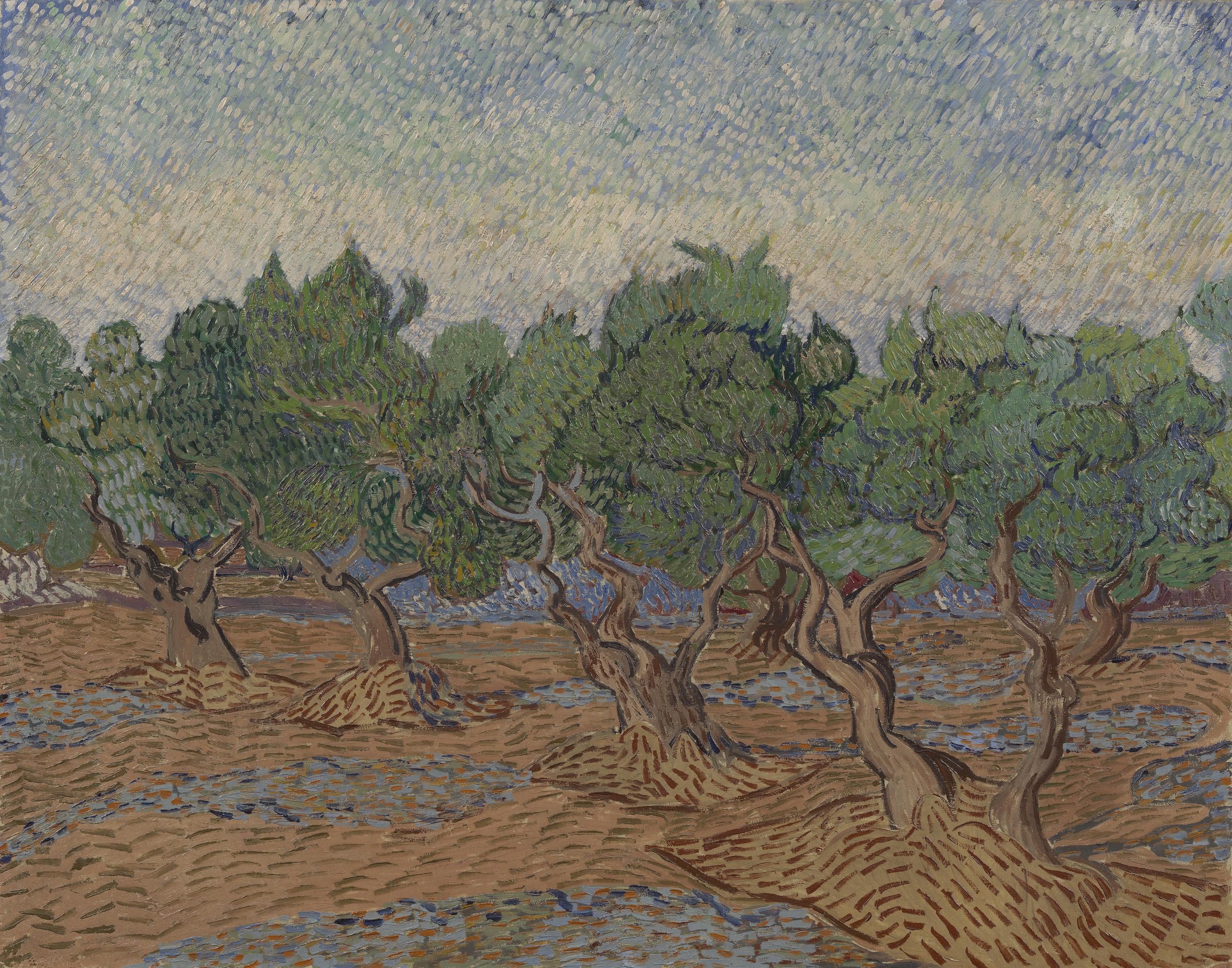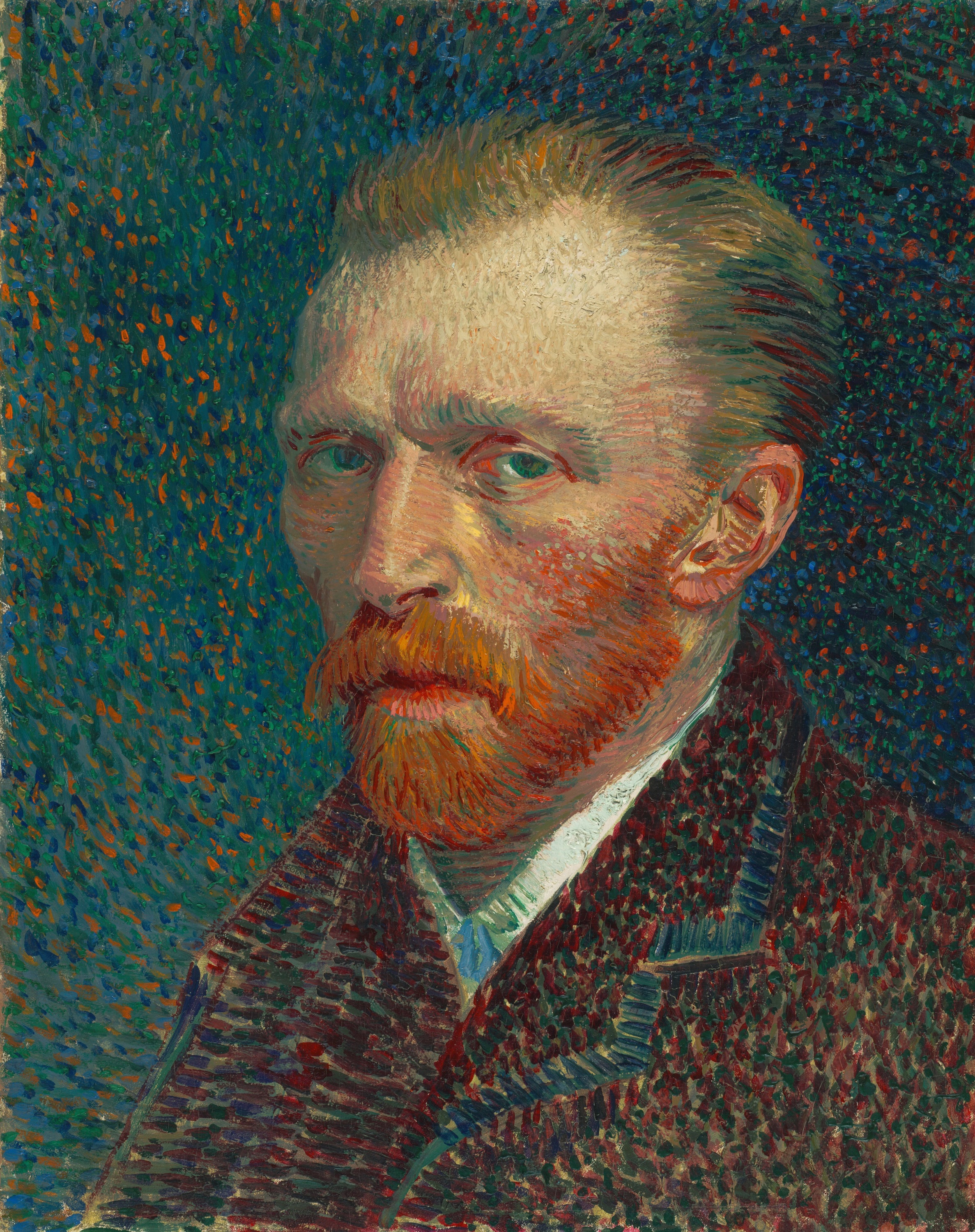Until June 12, 2022, in the Van Gogh Museum in Amsterdam you can visit the Van Gogh and the Olive Groves exhibition, which for the first time reunites and displays together the paintings that Vincent van Gogh made of olive groves. On this occasion we present one of these paintings today. :)
What did Van Gogh think was so special about olive trees? Olive trees were imbued with a highly personal, comforting symbolism for the artist. They stood for the ancient and unchanging Provençal landscape, but they also reminded him of Dutch pollard willows. The olive tree has been a symbol of peace and endurance since antiquity. In the Bible, Christ sought consolation in the Garden of Olives the night before his arrest.
Van Gogh received letters in November 1889 from his artist-friends Émile Bernard and Paul Gauguin about Biblical scenes they had painted, including Christ in the Garden of Olives. He was outraged by the works, which had been done entirely from imagination. In response, he headed straight back out to his olive groves. Unlike his friends with their "abstractions," Van Gogh took his inspiration from nature. He painted five canvases of olive groves at different times of the day to capture the shifting effects of light and atmosphere. As before, he strove to express the hope and comfort he associated with the olive tree.
Van Gogh juxtaposed the individual colors in this late-autumn olive grove in a series of dashes and dots. The technique brought unity and rhythm to the image. "You’ll see that there are no more impastos [thick paint] in the large studies," he wrote to his brother. "This imparts atmosphere and uses less paint."
P.S. Check these 7 extraordinary paintings by Van Gogh that you've probably never seen!
P.P.S. We love Van Gogh and he has inspired several amazing artsy products in our DailyArt Shop. That includes socks, prints, and notebooks ... you will love them!


 Vincent van Gogh
Vincent van Gogh